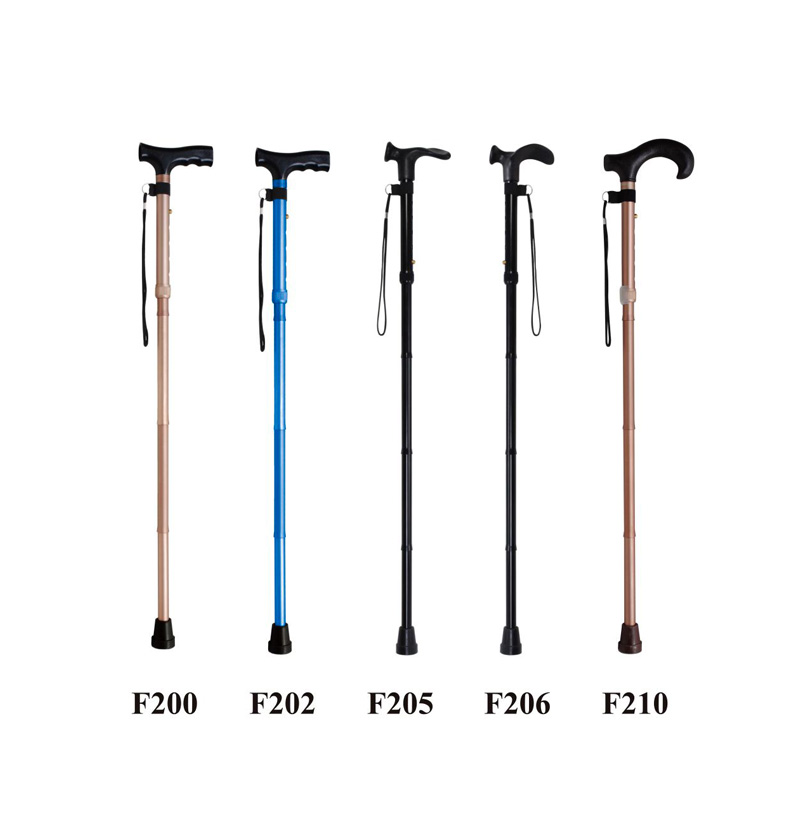What are the ways to use crutches according to the type of injury of the patient
Update:08-07-2021
Summary:According to the type and degree of the patient’s injury, the use of crutches is mainly divided into the following categories: If the patient’s lo...
According to the type and degree of the patient’s injury, the use of crutches is mainly divided into the following categories: If the patient’s lower limb is injured, part of the weight-bearing limit is used, single crutches are used, together with the affected limbs, a total of "three points" to support the weight and complete the walk. process.
If the patient’s lower limb is injured, completely limit the weight-bearing, use crutches to support the body weight at “three points” with the uninhibited limb, and complete the walking process by hanging the affected limb in the air.
If the patient is injured on both sides of the lower extremities, part of the weight-bearing is restricted, with double crutches, together with the affected limbs, a total of "four points" to support the weight, complete the walking process. If the affected limbs on both sides are completely restricted in weight-bearing, there is no way but to ask for help in a wheelchair.
If the patient’s lower limb is injured, completely limit the weight-bearing, use crutches to support the body weight at “three points” with the uninhibited limb, and complete the walking process by hanging the affected limb in the air.
If the patient is injured on both sides of the lower extremities, part of the weight-bearing is restricted, with double crutches, together with the affected limbs, a total of "four points" to support the weight, complete the walking process. If the affected limbs on both sides are completely restricted in weight-bearing, there is no way but to ask for help in a wheelchair.

During normal walking, the upper limbs should alternately swing with the steps of the lower limbs. The specific sequence is "upper left and lower right", "upper right and lower left". Therefore, when using single crutches, the correct direction of holding the crutches should be applied to the uninvolved side. The uninvolved crutches and the affected limb are moving at the same amplitude and synchronously. The rhythm and stride are close to the level of the uninvolved side, and the center of gravity always follows the limb moving forward. Is the correct gait. The correct way of using crutches can ensure that the crutches always follow the movement of the affected limb, and the affected limb is separated from the crutches on both sides of the body, which can have a relatively large stable surface and achieve the best protection effect.
On the contrary, if you hold on the affected side, if you want to synchronize the affected limb with the crutches, the gait must be "swivel". The posture is very awkward, which is not conducive to the establishment of a normal posture. More importantly, the affected limb is on the same side as the crutches. The distance is very close, and the stable surface is less than half of the correct way during the action, and the protection effect is naturally greatly reduced. Of course, unfortunately, the patient just happened to suffer damage to the upper limbs at the same time, so it is enough to protect it as much as possible in an acceptable way.











